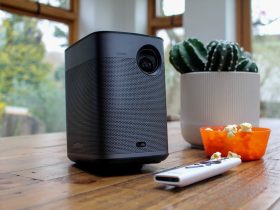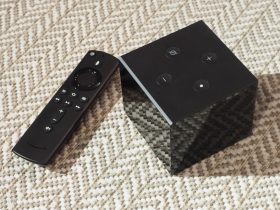
NASA achieved an important advance in space exploration last Thursday.
The US space agency’s Perseverance rover robot reached Mars, after a journey of nearly 480 million kilometers that began in July 2020.
It is the most sophisticated robot ever sent into space and will aim to search for evidence to answer big questions like whether there are concrete signs of past microbial life on Mars.
But while hundreds of thousands of people followed the Perseverance landing live and celebrated the first images that arrived from the surface of the red planet, the robot carried a secret and encrypted message on its journey.
What did the message say?
The Perseverance robot carried a message hidden in the parachute that it used to descend on the surface of Mars.
Several Internet users who are amateur scientists claim to have “cracked the code” hidden.
The parachute bore special patterns in red and white that appear to represent the coded secret phrase: “Dare mighty things.”
This is the motto used at NASA’s Jet Propulsion Laboratory (JPL) in California, USA, which is the one that controls the Perseverance mission.
One of the users in the networks explained that he identified mathematical patterns in the colored circle of the parachute.
“Each binary number (those with only 0 and 1) corresponds to a position of the letter of the alphabet, starting with 1”. Then following that code the phrase is formed. Then a coordinate appears which is the address of the laboratory in California.
The phrase is also related to former US President Theodore Roosevelt who mentioned it in a speech in April 1899.
Although NASA did not immediately confirm what “cyber detectives” say they discovered.
But this secret code is not the only hidden message that was placed on the robot sent to Mars.
There are five more special surprises that were included on board.
Almost 11 million names
Three microchips in Perseverance bear 10,932,295 names.
They are part of NASA’s “Send your name to Mars” campaign.
It is already a tradition of the space agency in robots to Mars. Previously, the Curiosity robot carried a microchip with 1.2 million names.
The microchips also contain 155 essays from students who made it to the finals of the spacecraft name contest, which was won by Alex Mather, 13, of Virginia.
Tribute to health workers
Perseverance also pays tribute to healthcare workers who have been battling the COVID-19 pandemic.
The robot launched into space in July 2020, just a few months after the virus began to affect the entire world.
The NASA team wanted to recognize the people who were on the front lines of the pandemic and helped protect the population.
To do this, an aluminum plate was placed on the left side of the robot that shows the caduceus, a snake wrapped around a staff that is used as a symbol of medicine in the United States.
Mastcam-Z for a better look
Unlike items that bear names and honor health workers, and which are decorative, some of the hidden objects in Perseverance have special functions.
One of them is that of the Mastcam-Z, a pair of cameras on the robot to take color photographs of Mars in high definition.
But NASA also added an important message on Mastcam-Z: “Are we alone? We came here to look for signs of life and collect samples from Mars to study on Earth. To those who follow, we wish you a safe journey and the joy of discovery. “
Mastcam-Z also carries images of the earliest life forms on Earth, such as cyanobacteria, a fern, and a dinosaur, and drawings of a man and a woman.
Well done SHERLOCK!
NASA also joined geocaching, a treasure hunt game with smartphone GPS, and hid a special coin aboard Perseverance.
The coin is part of the SHERLOC instrument (Scanning Habitable Environments with Raman & Luminescence for Organics & Chemicals) that studies the landscape and atmosphere of Mars and is marked with the address of the famous fictional detective, 221B Baker Street in London.
SHERLOC is also carrying a portion of the Martian meteorite and four other samples of space suit materials, which NASA will observe to see how it responds on the Martian surface.
SuperCam with a meteor
The scientists who built the Perseverance SuperCam also added their own portion of the Martian meteorite.
SuperCam is a laser instrument that strikes rocks and “soil” on the Martian surface to discover what they are made of.






